Grasping Kitchen Materials
Knowing the fundamental characteristics of the most popular selections is the first step in selecting the appropriate materials for your kitchen. Every material has different qualities, prices, and upkeep needs. An overview of several frequently used kitchen supplies is provided below:
Wood
Wood is a permanent choice for kitchen products because of its warmth and traditional charm. It can be used as a solid or as a coating. Different types of wood such as oak, maple and cherry have different textures and colors.
Pros: Wood provides a natural, inviting look and can be customized with various stains and finishes.
- Cons: It demands regular maintenance and can be more expensive than other materials.

MDF (Medium Density Fiberboard)
For cabinet frames, MDF is a solid solid material that is frequently utilized. It is created by dissolving leftover hardwood or softwood into wood fibers, which are subsequently combined with binders consisting of wax and resin.
- Pros: MDF is an economical option with a smooth finish that can be painted or laminated.
- Cons: It lacks moisture resistance and requires careful handling to avoid damage.
Laminate is a versatile and reasonably priced alternative for kitchen worktops. It is made up of many layers of heated and compacted paper or cloth that have been resin-impregnated and attached to a substrate.
- Pros: Laminate is available in a wide range of colors and patterns, making it a versatile choice. It is also low-maintenance and cost-effective.
- Cons: It is not as durable as other materials and can be damaged by sharp objects or high heat.
Granite is a well-known natural stone that is heat-resistant, durable, and long-lasting. Because of the variety of colors and patterns available, every item is distinct.
- Pros: Granite is highly durable and heat-resistant, providing a long-lasting surface.
- Cons: It can be expensive, and the natural variations in patterns may not appeal to everyone.
Materials like quartz and marble may give an affluent and sophisticated touch to a kitchen. The everlasting beauty of marble is highly prized, yet the pattern of quartz is more regular.
- Pros: Stone materials are luxurious and durable, adding a high-end look to your kitchen.
- Cons: Marble is softer and more porous, making it less durable and more costly. Quartz can be expensive but offers excellent durability.
Because of its unique, industrial look, concrete is becoming more and more common in kitchen design. It is customizable with various finishes and colors.
- Pros: Concrete offers a distinctive, industrial aesthetic and can be tailored to your preferences.
- Cons: It may require extended installation time and regular maintenance to prevent cracking and staining.
Glass, which comes in a variety of colors, provides kitchen worktops a sleek, modern appearance. Worktops, backsplashes, and cabinet doors may all be made using it.
- Pros: Glass provides a contemporary look and is available in many colors.
- Cons: It is prone to scratches and requires careful handling to avoid damage.

Choosing Materials for Kitchen Cabinet Doors
Choosing the appropriate material for your cabinet doors is a crucial step in kitchen renovation. The whole feel and appearance of your kitchen will be greatly influenced by the material you select. Here are a few options to think about:
Solid Timber
Solid wood doors have a traditional, organic appearance. There are several wood kinds to choose from, and each has a unique feel and color.
- Pros: Solid timber provides a warm, natural look and can be customized with different finishes.
- Cons: It requires regular maintenance and can be more expensive than other materials.
MDF is a common material for cabinet doors because of its cost-effectiveness and smooth appearance.
- Pros: MDF offers a smooth surface that can be painted or laminated. It is also more cost-effective than solid wood.
- Cons: It lacks moisture resistance and needs careful handling to prevent damage.
Wood veneer doors cost less and have a similar appearance to real wood doors. They are made of a substrate with a thin covering of genuine wood added to it.
- Pros: Wood veneer provides the appearance of solid wood without the high cost.
- Cons: It may require periodic maintenance to keep the finish looking fresh.
A cost-effective and adaptable choice, laminate doors come in a variety of hues and designs.
- Pros: Laminate is durable, easy to clean, and available in numerous styles.
- Cons: It is not as heat-resistant as other materials and can be damaged by sharp objects.
High gloss lacquer doors give any kitchen a contemporary feel with their opulent, high-shine surface.
- Pros: The high gloss finish provides a sleek, contemporary look.
- Cons: It is more expensive than laminate and may require professional cleaning to maintain its shine.
Wood doors may be finished and stained to bring out their inherent beauty and provide protection against deterioration.
- Pros: Stains and finishes enhance the natural grain of the wood and provide a protective layer.
- Cons: Some types of wood may require extra care to maintain their appearance.

Examining Kitchen Worktop Materials
Countertops, or worktops in kitchens, are important for both practicality and style. The counter material you select will affect both the general appearance and how you utilize your kitchen. These are some typical materials for worktops:
Natural Materials
Granite
Granite's durability and heat resistance make it a popular material for kitchen worktops.
- Pros: Granite is extremely hard, heat-resistant, and durable, making it ideal for busy kitchens.
- Cons: It can be costly, and the natural variations in patterns may not suit everyone’s taste.
Marble provides a posh and sophisticated appearance for kitchen countertops.
-
Pros: Marble provides a classic, high-end appearance.
- Cons: It is softer and more porous than granite, making it less durable and more expensive.
- Pros: Wood adds warmth and character to your kitchen.
- Cons: It darkens over time and requires periodic maintenance to prevent damage from moisture and heat.
- Pros: Laminate is affordable and versatile, with many design options.
- Cons: It is prone to scratches and heat damage, requiring careful use.
- Pros: Composite materials are stain and scratch-resistant, making them durable and easy to maintain.
- Cons: They can be similar in price to granite and may not offer as much natural depth.
- Pros: Quartz is durable, non-porous, and available in various colors.
- Cons: It may not look as natural as granite and can be expensive.
- Pros: Concrete provides a distinctive, modern appearance and can be tailored to your design preferences.
- Cons: It requires extended installation time and regular maintenance to prevent cracking and staining.
- Pros: Stainless steel is water, heat, and stain-resistant, making it highly durable.
- Cons: It is prone to scratches and fingerprints and can create a cold atmosphere.

Infusing Color into Your Kitchen
Incorporating color into your kitchen is an exciting aspect of the design process. Your choice of colors can reflect your personal style and set the tone for your kitchen. Here are some tips for adding color to your kitchen:
Painted Kitchens
Painted cabinets are currently trendy, allowing you to change colors easily in the future. This option provides flexibility to update your kitchen's look without a major renovation.
Neutral Base
Keeping the kitchen units neutral and adding color through wall paint, accessories, and décor items is a practical approach. This allows you to change the color scheme easily over time.
Microtrends
While it’s tempting to follow the latest trends, consider timeless designs to ensure longevity. Choose colors and styles that will remain appealing for years to come.
Personal Touch
Finally, your kitchen should represent your unique style. Explore color palettes that appeal to you and design an environment that you will like using every day. Remember that your kitchen is a long-term investment, so choose colors and styles you will like for years to come. You can build a beautiful and long-lasting kitchen by carefully selecting materials and using clever design elements.
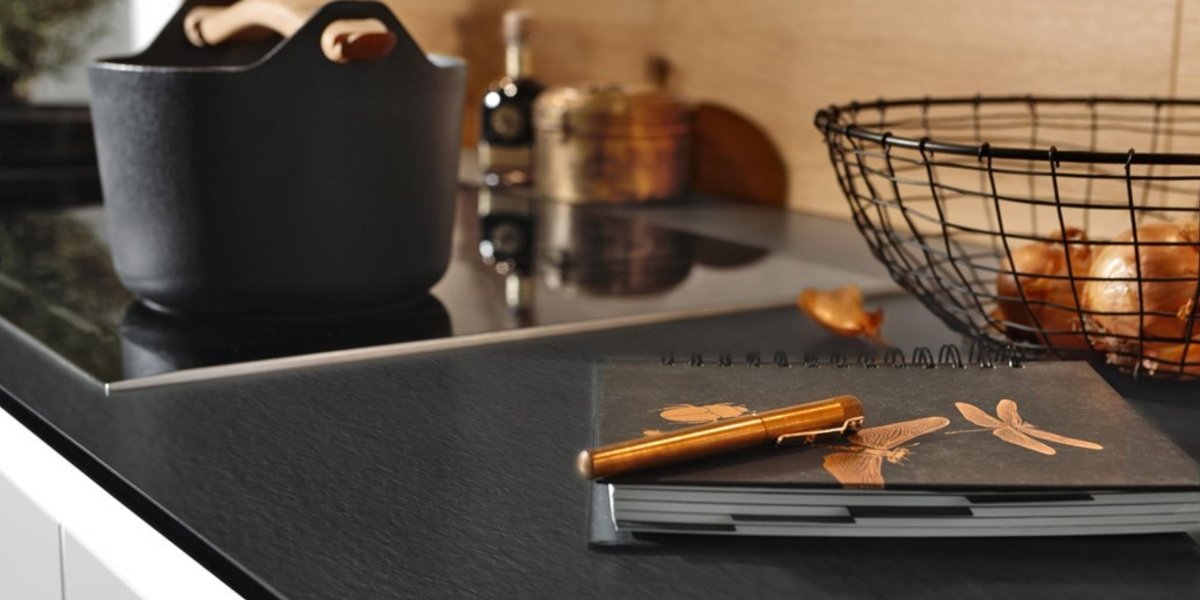

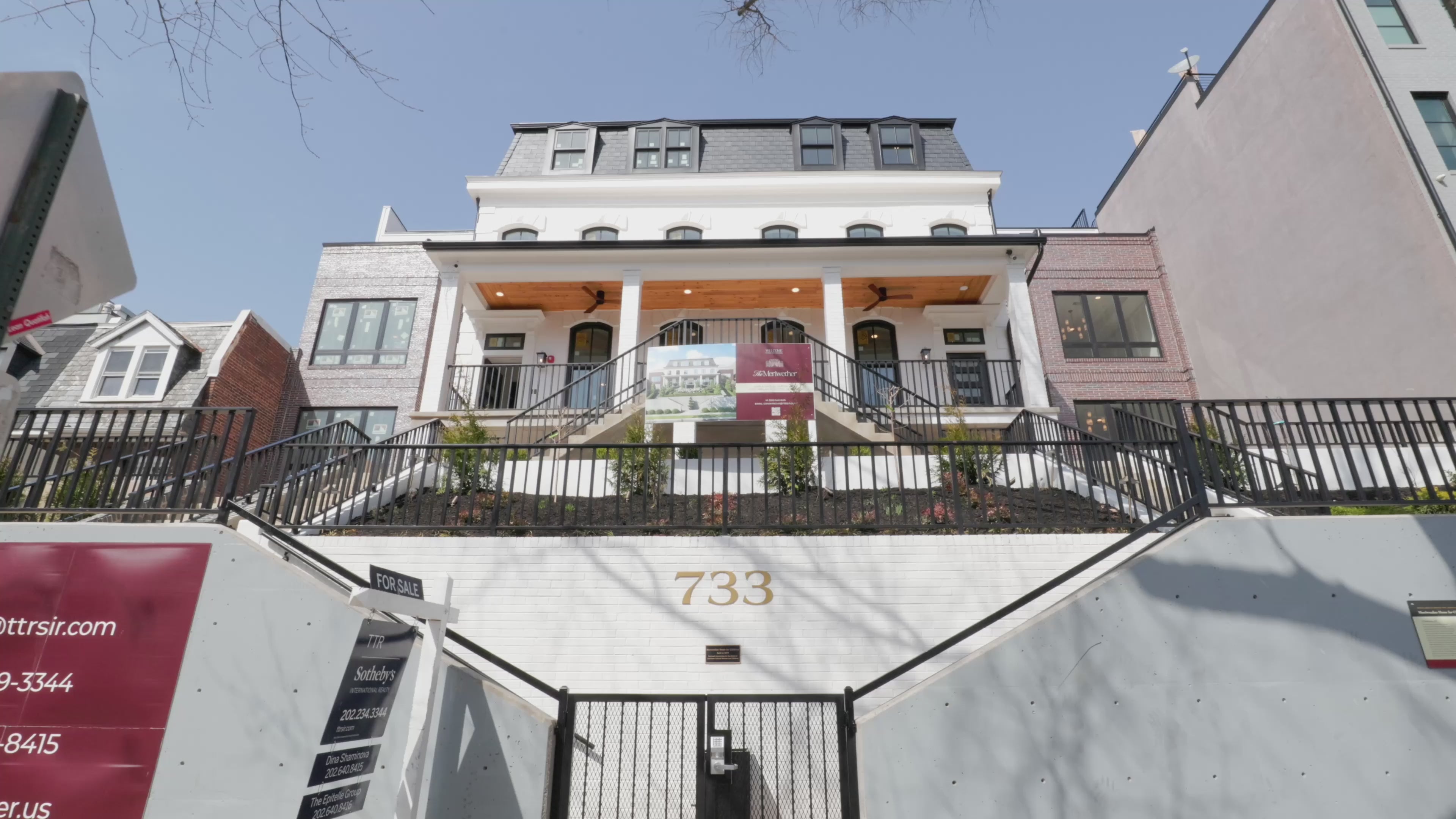
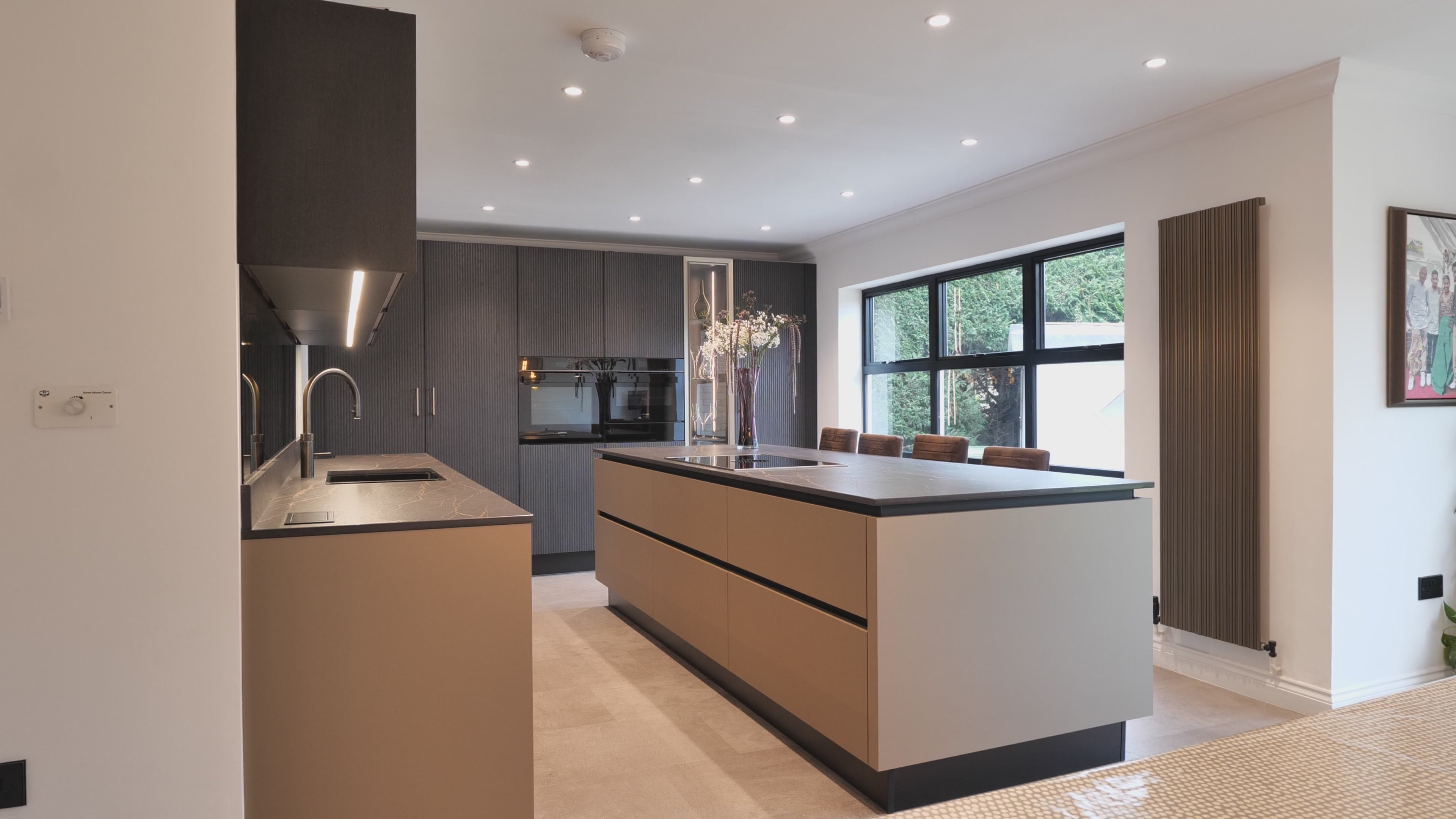
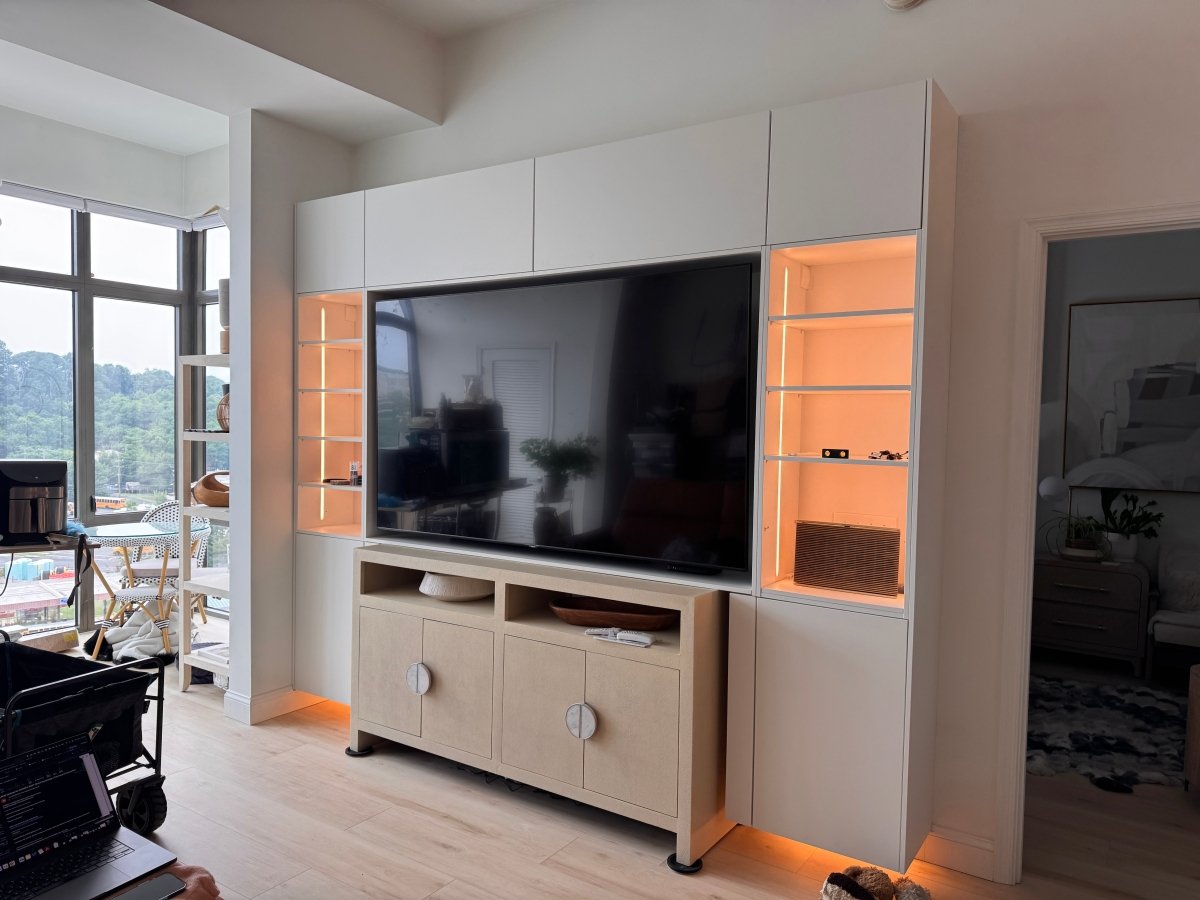
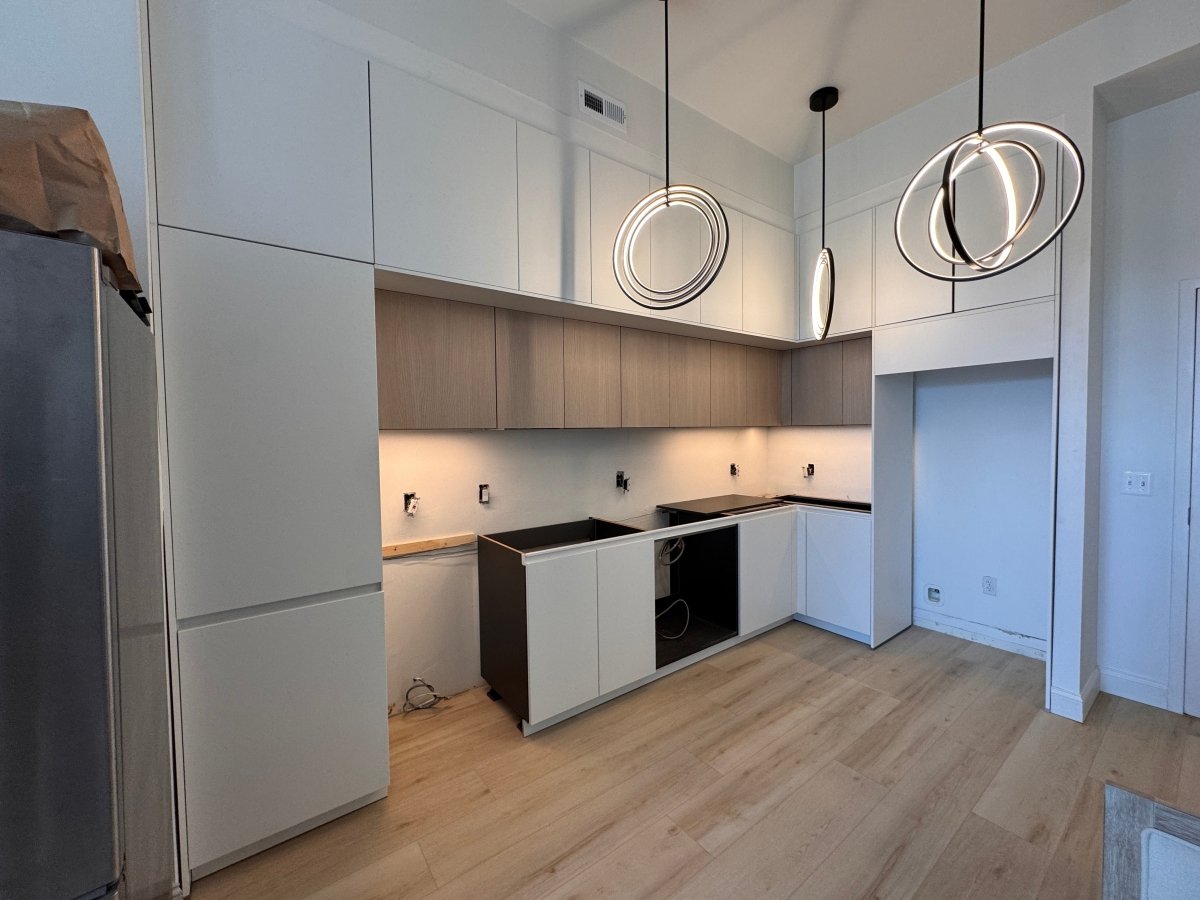

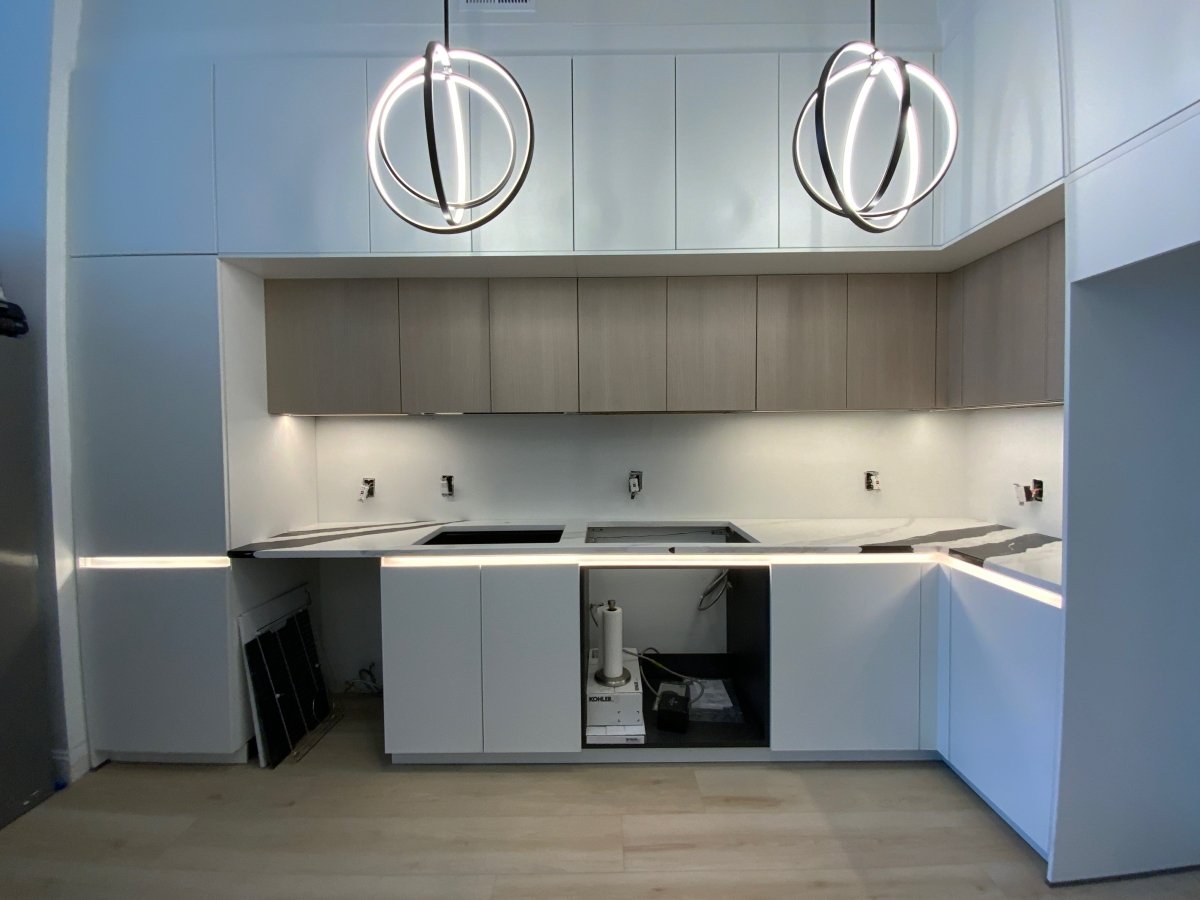
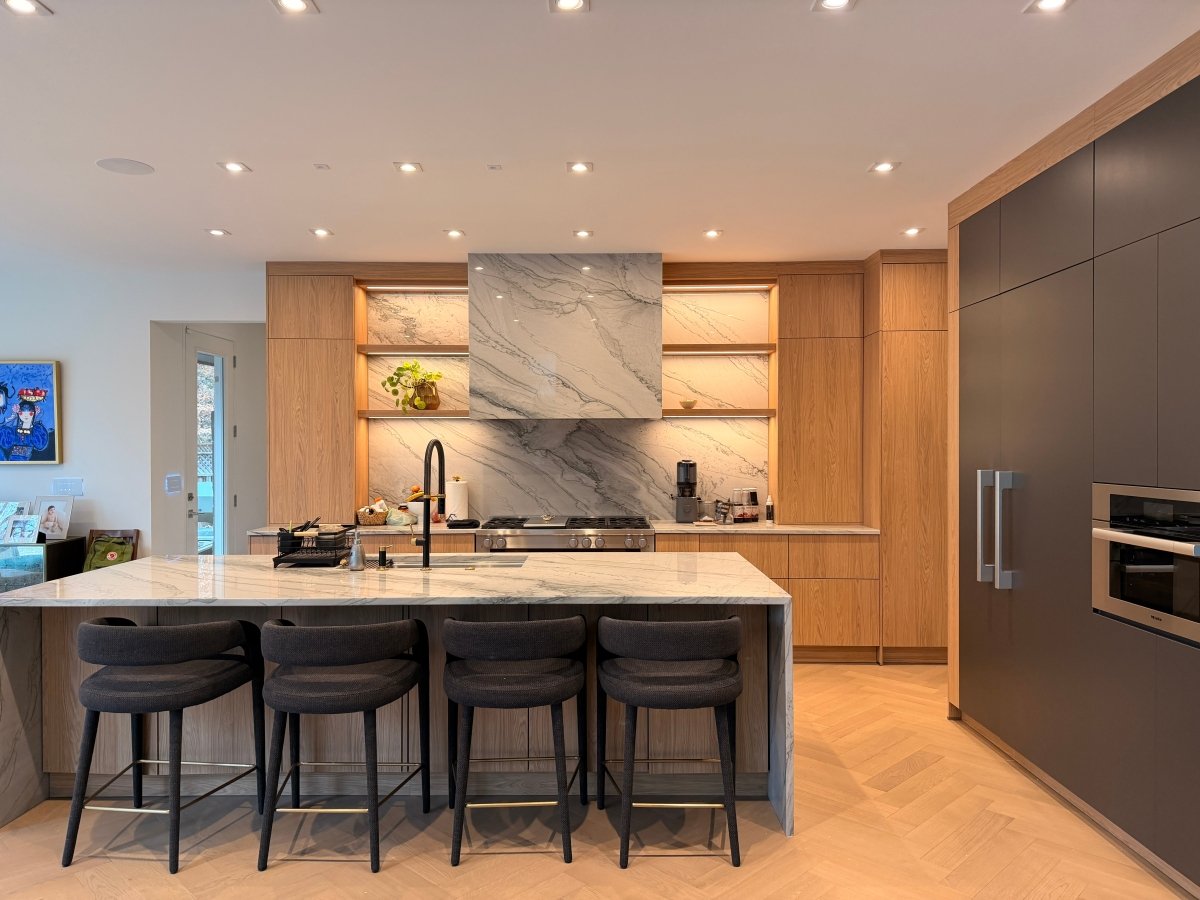
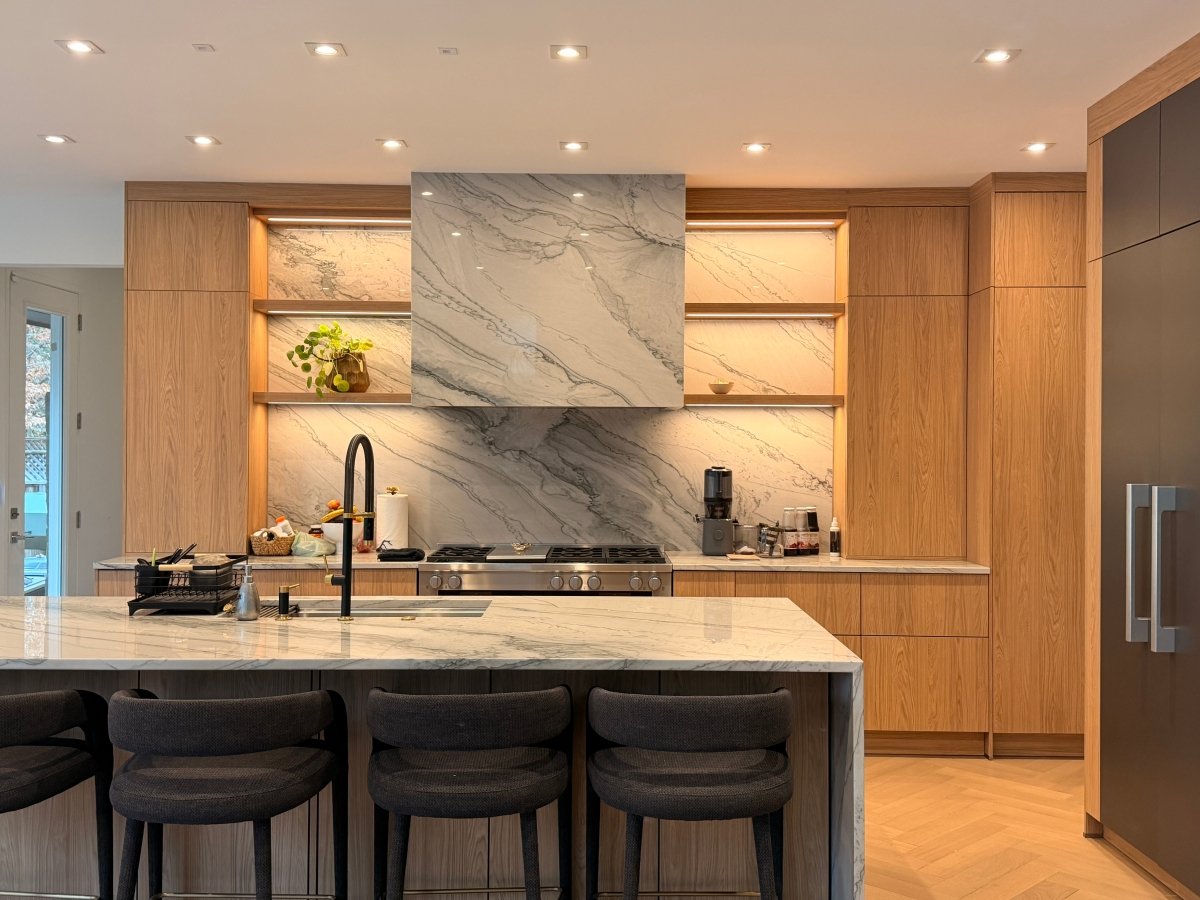


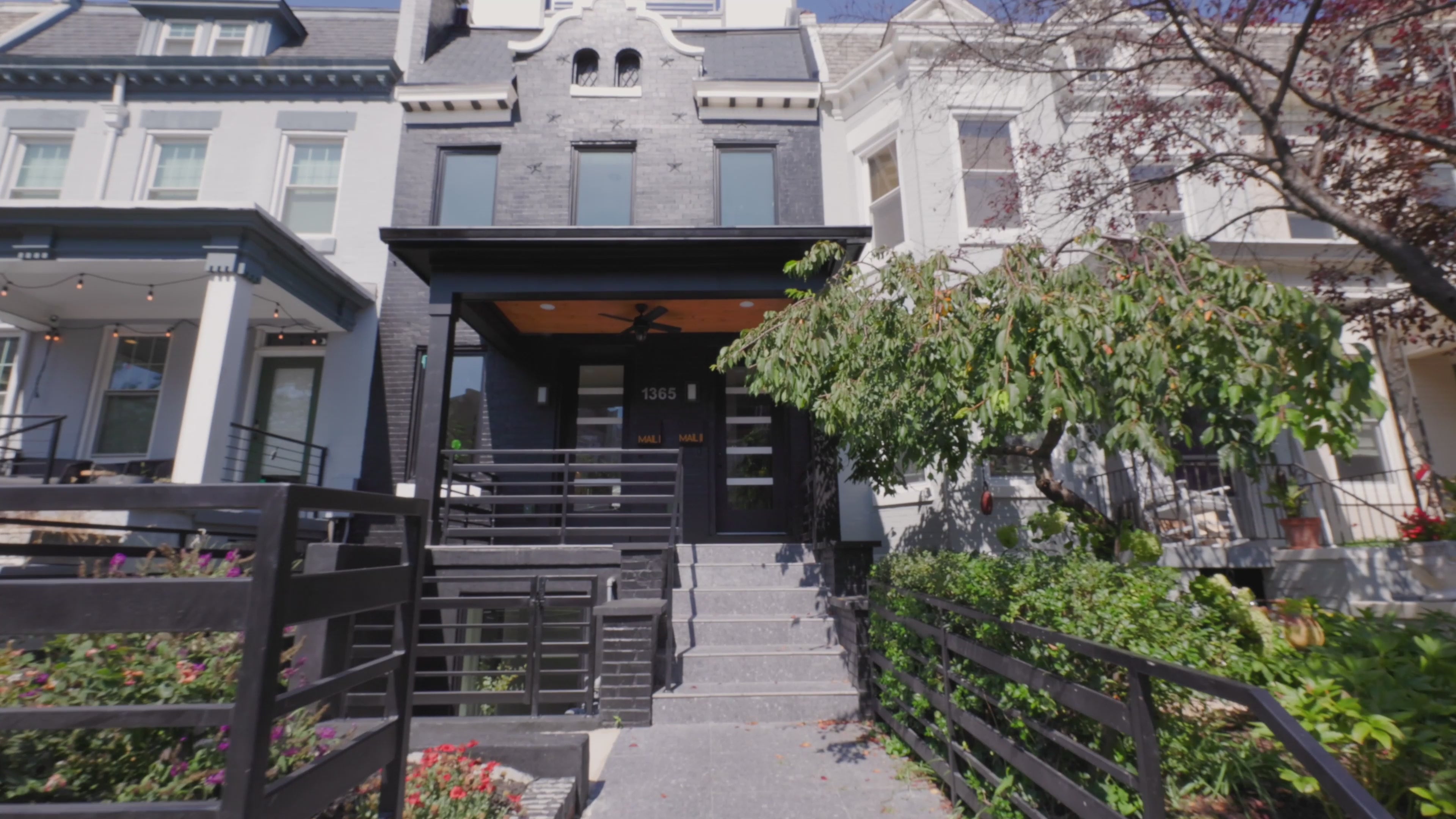
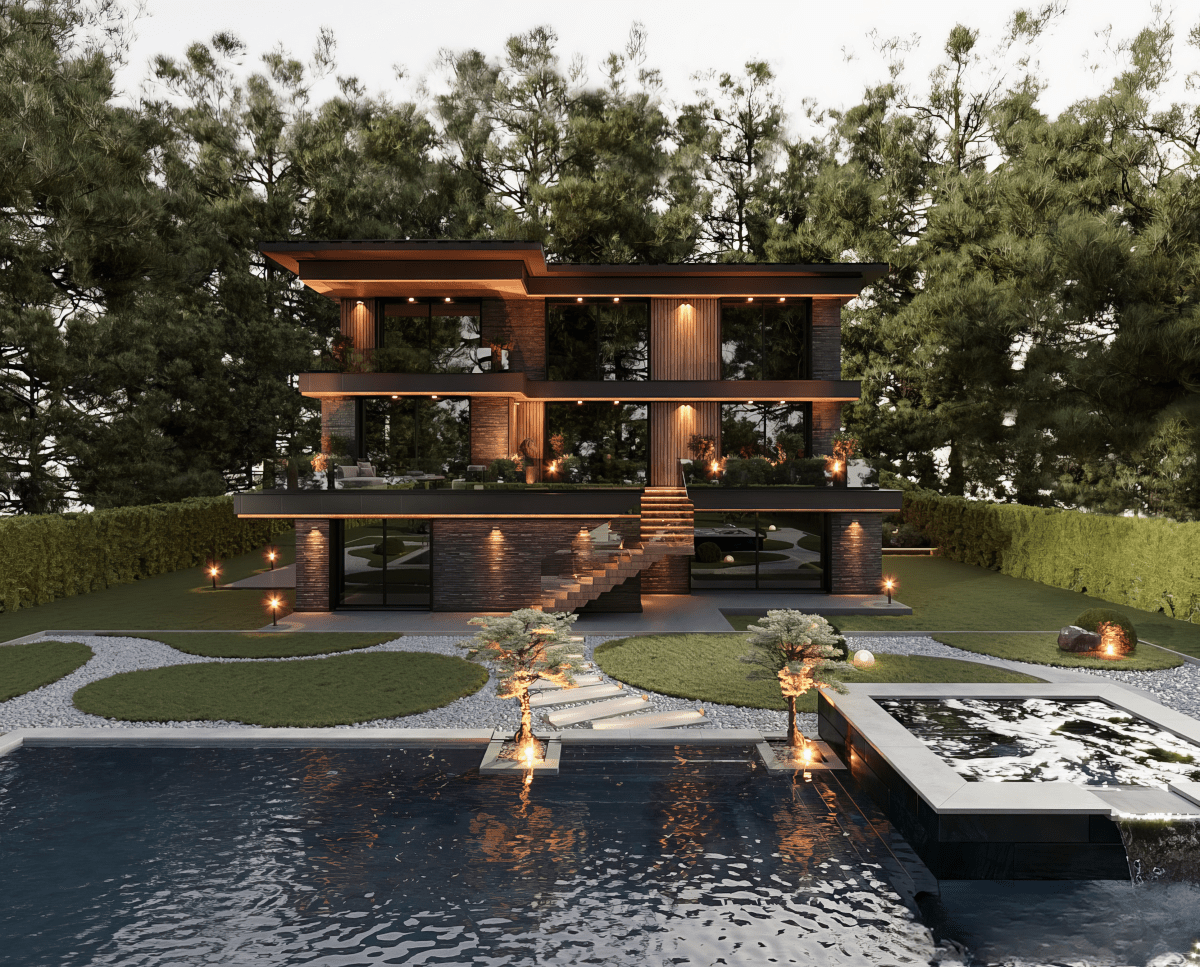

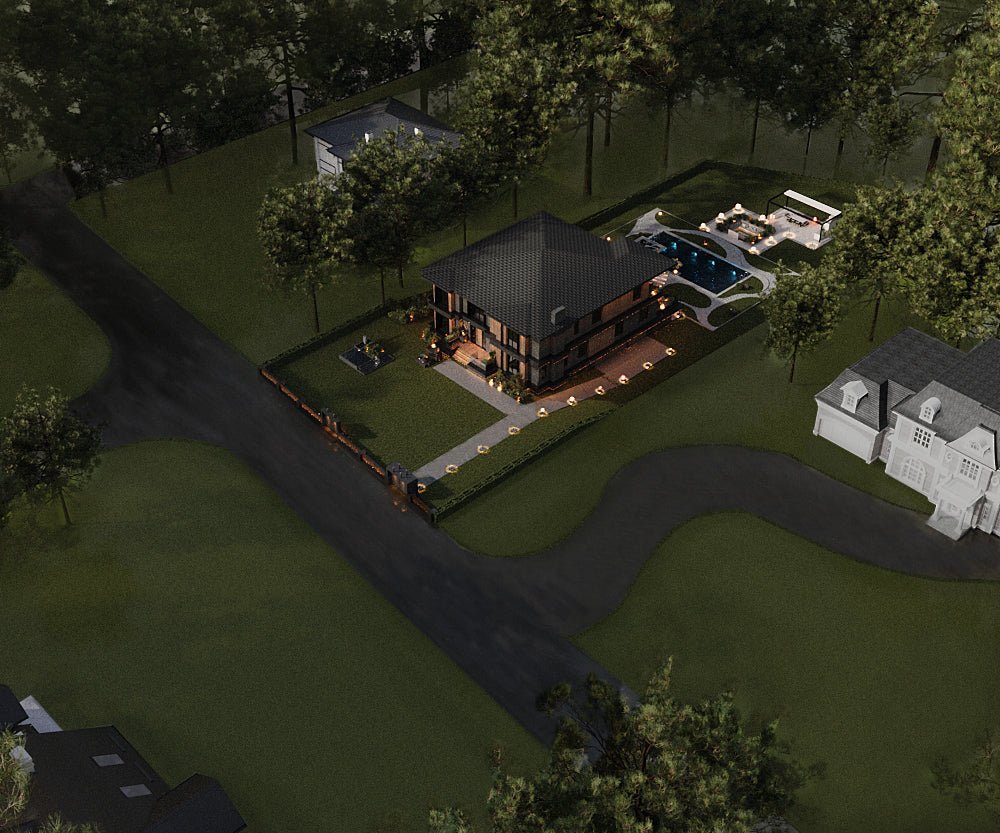
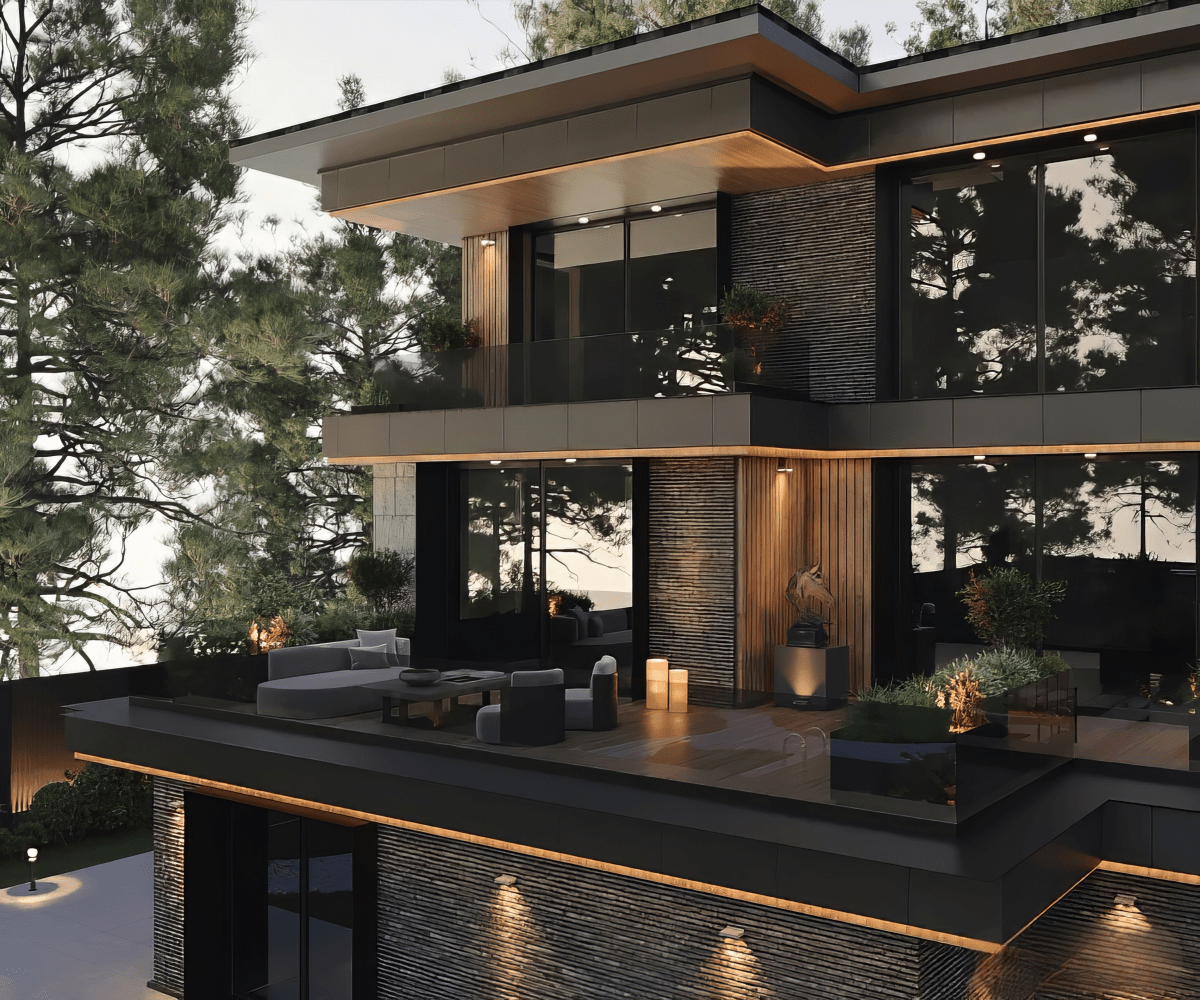
Share:
How to Create a Modern Kitchen Design
Maximizing Space: Smart Kitchen Design Ideas